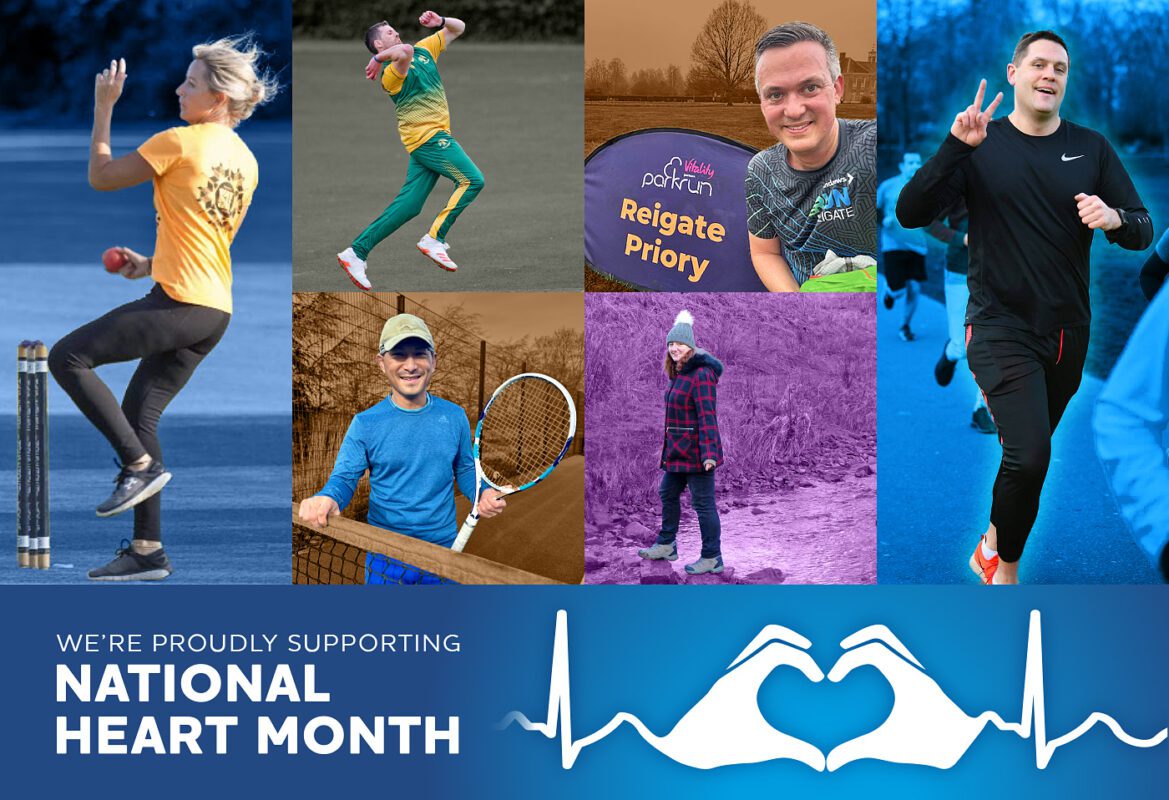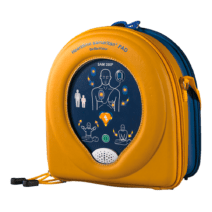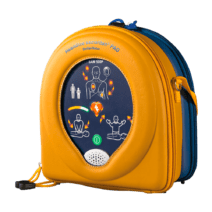News
Heart Health: here’s how we stay active – you can as well!
Published 27/02/2024

At Aero, we understand the paramount importance of maintaining a healthy heart. That’s why we advocate regular physical activity as a cornerstone of heart health. Engaging in exercise isn’t just beneficial – it’s vital.
From reducing the risk of cardiovascular diseases to improving overall well-being, exercise plays a crucial role in enhancing longevity and quality of life. Participating in physical activity doesn’t have to be expensive; there are plenty of very affordable ways that we as a team stay active and healthy from walking outdoors to frequently taking part in sports activities.
Why is exercising good for you?
The health advantages of exercise are widely acknowledged. Specifically for the heart, it can significantly lessen the risk of heart and circulatory diseases which in turn can help extend your life expectancy. Engaging in physical activity also helps:
- Boosting your energy levels and enhance sleep quality
- Improve your mental well-being
- Regulate your weight
- Alleviate symptoms of your heart and circulatory conditions such as angina pain in the long run, facilitating daily activities and expanding capabilities
- Lower your blood pressure and cholesterol, reducing the likelihood of heart-related ailments like heart attacks, strokes, and vascular dementia
- Easing your stress levels.
Is exercising suitable for me?
It’s natural to be cautious about exercising with a heart condition. However, most individuals can still benefit from staying active. Generally, improving muscle and lung function reduces strain on the heart. Nevertheless, consider the following before starting:
- Medications: certain medications may impact exercise. For instance, beta blockers affect heart rate and may induce fatigue. Discuss options with your doctor to find the most suitable medication.
- Heart conditions: some may necessitate assessing the suitability of activities or their intensity. If you use GTN (glyceryl trinitrate) spray for chest pain, consult your doctor or pharmacist on its compatibility with exercise.
- Implantable devices: most people with devices like implantable cardioverter defibrillators (ICDs) or pacemakers can exercise safely, typically engaging in moderate intensity activities and avoiding high-impact sports.
- Listen to your body: only exercise when feeling well enough. If symptoms such as chest pain, palpitations, or unusual shortness of breath arise, consider scaling back and consult your doctor.
- Weather considerations: extreme temperatures can strain the heart during exercise. In such cases, opt for low-stress activities like stretching.
Consult your doctor/GP before commencing any physical activity. They can address concerns you may have, provide condition-specific advice, and ensure you’re able to safely participate in exercising.
What kinds of physical activity can I get involved in?
Various types of exercise offer distinct benefits:
- Aerobic exercise: activities like walking, cycling, or gardening, which elevate heart rate and promote cardiovascular health.
- Balance and flexibility exercises: practices like yoga or tai chi enhance flexibility and stability, reducing the risk of injury.
- Resistance exercise: strength training through weights or resistance bands strengthens muscles, alleviating strain on the heart.
Active lifestyles can include simple activities like playing with grandchildren or gardening, as long as they elevate heart rate.
How much exercise should I do?
Moderate exercise induces warmth and slight breathlessness, such as brisk walking. Intense exercise, like running or swimming, causes heavy and fast breathing.
To determine the right intensity, employ the ‘talk test’ during activity. If you can comfortably converse while feeling warm and slightly breathless, you’re at an appropriate level.
Begin gradually and listen to your body. Even short sessions yield significant benefits. Distribute exercise evenly across the week, allowing for rest days to aid recovery.
Preparing for exercise
Prepare effectively for a more fruitful exercise session:
- Gather necessary equipment, wear suitable attire, and keep water and a towel handy
- Eat a carbohydrate-rich meal well before exercise for sustained energy. Opting for high-fibre, wholegrain options such as oats, pasta, rice, breads, and cereals is recommended. Carbohydrates supply the sustained energy required to power your exercise regimen
- Arrange your exercise space, whether at the gym or home, ensuring ample room and minimal interruptions
- Warm up and cool down with stretches to reduce injury risk and enhance flexibility.
And don’t forget to enjoy exercising whatever the intensity. Whether it’s the thrill of a run, the satisfaction of mastering yoga, or the togetherness in a group class, embracing the joy of movement makes workouts fulfilling. Infuse fun into your routine to stay motivated and committed to a healthy lifestyle.
Consult our AED Specialists about procuring an AED for your fitness organisation and community
Contact our team, and a representative will support you in purchasing an AED (automatic external defibrillator), vital for the safety of fitness organisation members and the local community, as sudden cardiac arrest (SCA) can affect anyone of any age. We’ll help you find the right defibrillator for your organisation, ensuring readiness to save lives when necessary.
Get in touchShare this article



